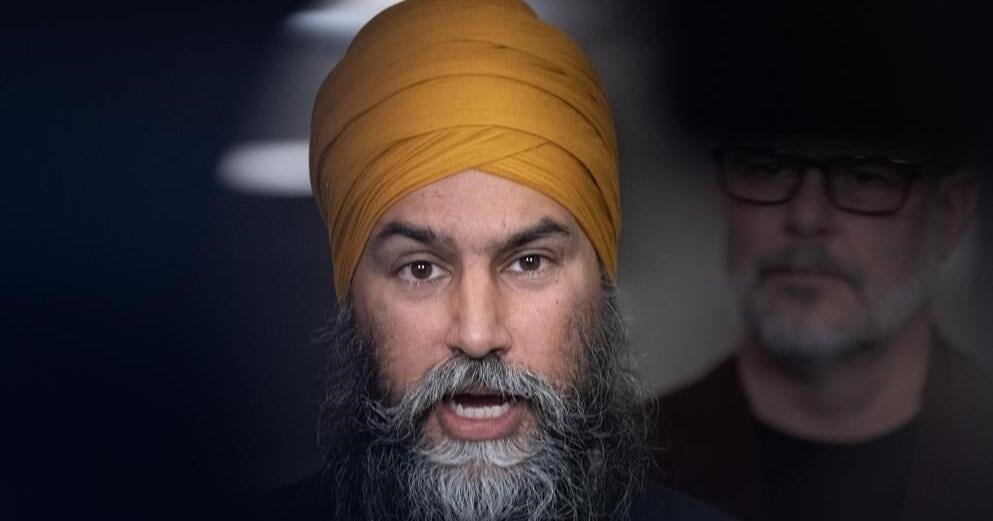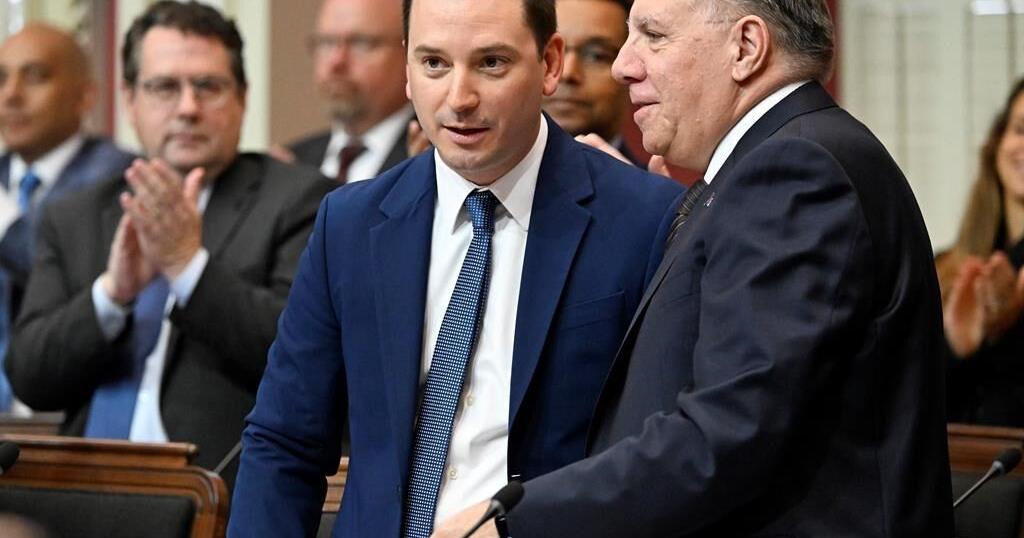Much has been written about the gender gap in American electoral politics. In this year marking the 100th anniversary of women’s suffrage, a Democrat cannot win in November without women voters and without minority voters, particularly African Americans and Latinx. And what the majority of women want, according to my research as a political scientist, is for a candidate who promotes social equality and policies that provide for the well-being of all.
Democratic primary candidates and President Donald Trump should take note of these influences when strategizing how to promote women’s turnout and garner women’s vote in November.
Data on the presidential vote choice of men and women by demographic subgroup from 1980 through 2016 reveals that women are more likely than men in the same demographic subgroup to vote for the Democratic presidential candidate.
The overall gender gap between men and women who voted in the presidential race that election year during that period is only 6 percentage points. But within subgroups, the gap varies in size from 2 percentage points among African Americans and to 8 percentage points among those born prior to the boomer generation. These gaps are statistically significant.
What is most striking, though, are the differences between subgroups. The biggest difference is the race gap: 99% of black women voted for the Democratic presidential candidate in those years compared to only 38% of white women.
It is still true that women, across the different subgroups, are more likely than men to vote for the Democratic presidential candidate. Why? Political science research, including my own, provides insight into what issues and other characteristics explain this phenomenon. Attracting the majority of women voters, especially white women, college-educated women, and black women, requires presidential candidates to highlight a vision of a more equal society and a government that protects the well-being of its citizens through a strong social safety net, a commitment to anti-discrimination policies and a green environmental policy agenda.
Statistical mediational analysis allows one to determine to what extent different factors explain the gender gap in presidential vote choice. Each of the factors discussed below were analyzed separately, and thus, the percentages do not add up to 100%.
• Egalitarianism, or a preference for an equal society, is a political value on which there is a gender difference. Egalitarianism explains 34.56% of the gender gap in presidential vote choice.
• Support for a social safety net includes a desire for more government spending on public schools, health care, and childcare; for more government services; and for a reduction in income inequality. Women across demographic subgroups of race, age cohort, income, and education prefer a strong social safety net compared to men of the same subgroup, and this explains an astounding 60.95% of the gender gap in vote choice.
This could prove detrimental for Trump’s 2020 campaign given his administration’s proposed budgetary cuts to such programs. It also may shed light on Sen. Bernie Sander’s popularity given his income equality campaign messaging and Vice President Joe Biden’s popularity because of the legacy of the Affordable Care Act.
• Women also are more likely than men to back anti-discrimination policies and express more progressive attitudes toward women and African Americans. With respect to discrimination, women are more in favor extending rights and legal protections to gay men and lesbians. In addition, women are more in favor of affirmative action compared to men. Attitudes toward gay men and lesbians having the legal right to adopt explains 28.99% of the gender gap and having legal protections against discrimination explain 25.47% of the gender gap in presidential vote choice.
In the past, attitudes toward affirmative action and women’s role in society has not been a factor in presidential vote choice. Of course that could change given the salience of #BlackLivesMatter and #MeToo.
• Racial resentment, a measure of negative attitudes toward African Americans, explains 18.21% of the gender gap in vote choice and a strong predictor of presidential vote among white and Black voters.
• Environmental policy preferences also divide men and women. In comparison to white men and college educated men, white women and college educated women want more government spending and regulations to protect the environment. Among Black Americans, both men and women report high levels of support for environmental protection policies, including government spending and greater regulations. Attitudes toward government spending and regulations to protect the environment explain 14.81% and 20.93% of the gender gap in presidential vote choice.
Simply put, women are more likely to want a candidate who advocates for policies that promote equality and provide a social safety net. To motivate turnout among and procure votes from women, candidates for the Democratic presidential nomination should stress such a vision and emphasize how they differ from President Trump on these issues, on equality, and on compassion more generally.
Mary-Kate Lizotte is an associate professor of political science in the department of social sciences at Augusta University in Augusta, Ga., and the author of “Gender Differences in Public Opinion.”

































